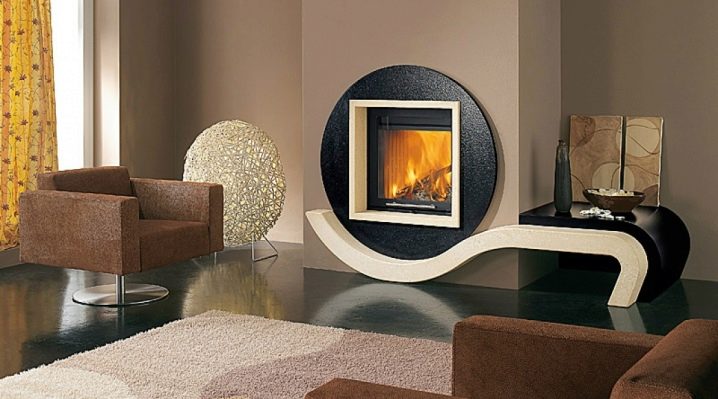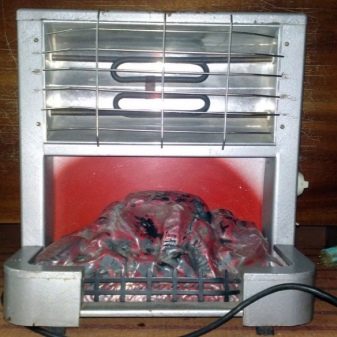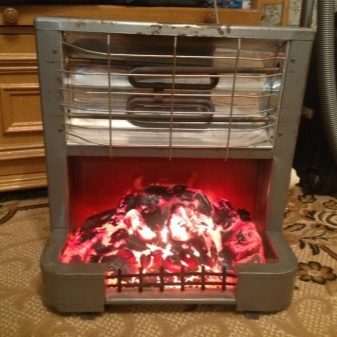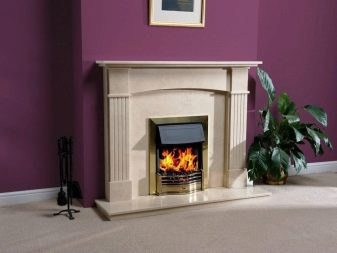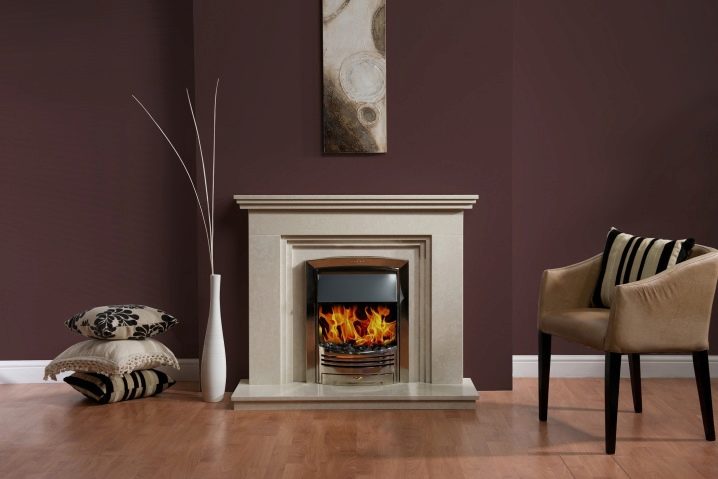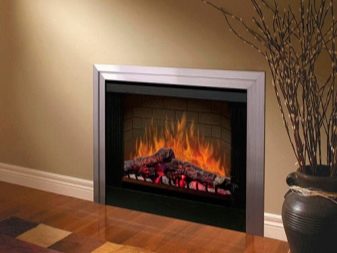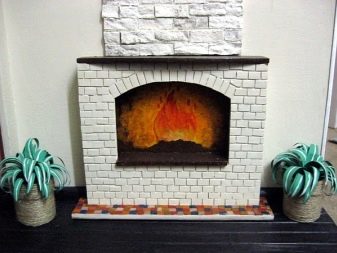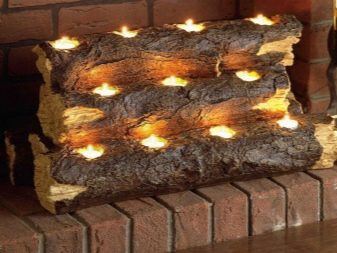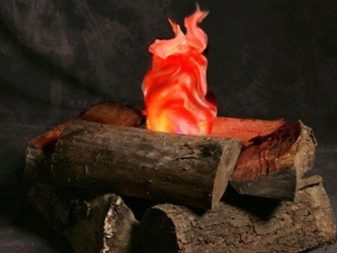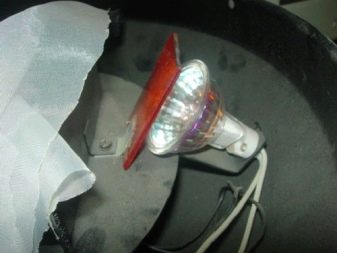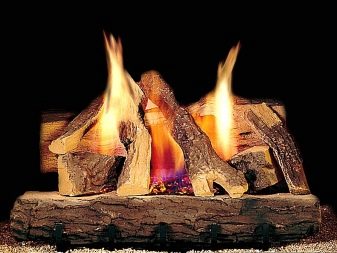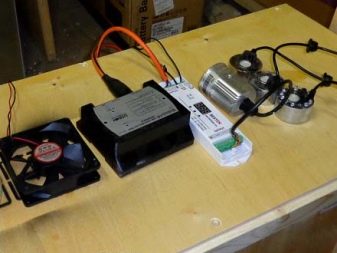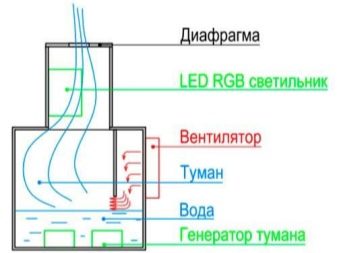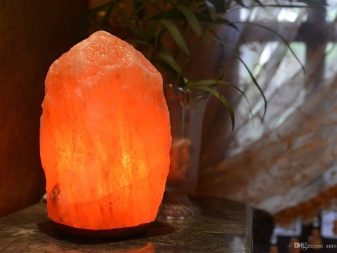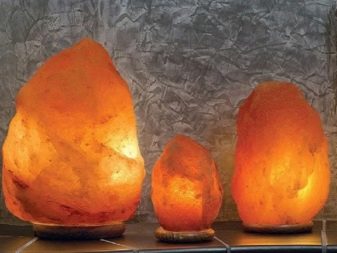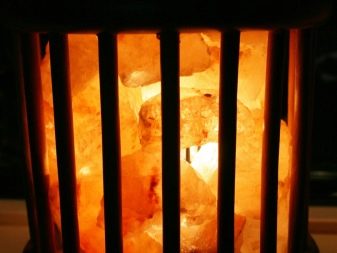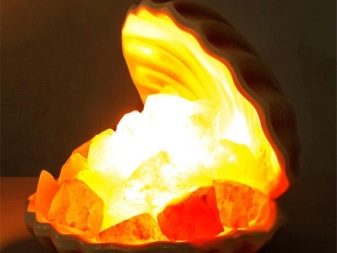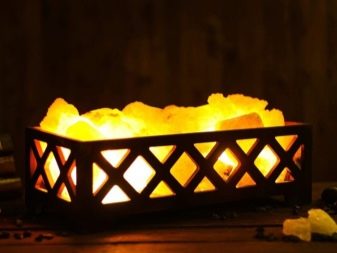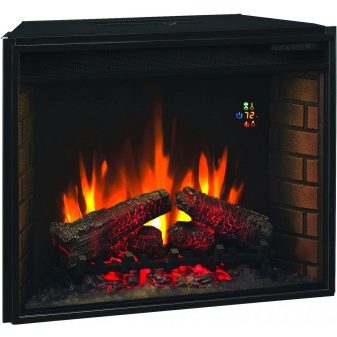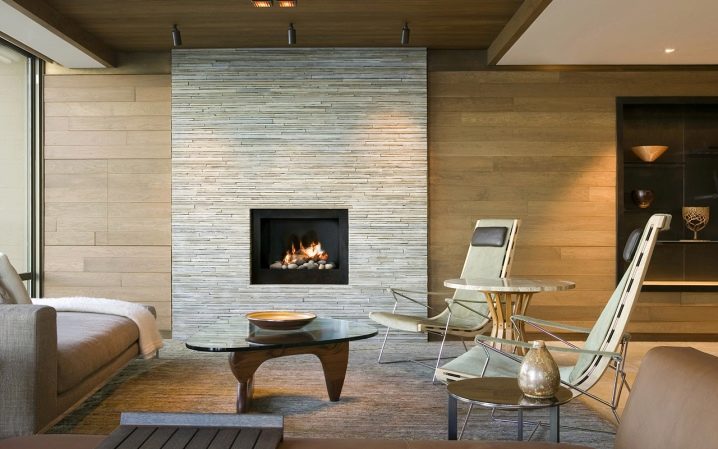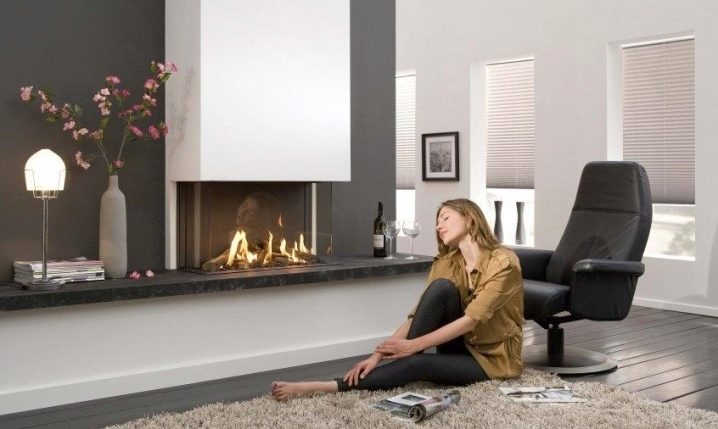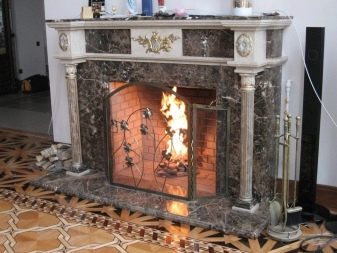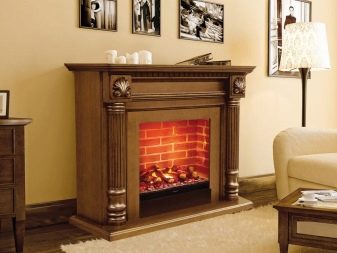Imitation of fire in the fireplace: how to do it yourself?
The device of the fireplace is one of the interesting solutions of the interior, giving the interior of the dwelling an inner warmth, comfort and home appeal. But it is not always possible to enter into the design of this fireplace. As a rule, this is due to the inability to arrange a chimney, the lack of space for storing firewood and other reasons related to the use of open fire in the room.
There is nothing difficult to create an imitation fireplace without heating in the apartment with their own hands. This will require sheets of drywall, materials for exterior decoration, fantasy for the project and a good mood for work. A false fireplace is ready and all that is left is to fill it with tongues of artificial flame, sit in a chair and enjoy the play of light and shadow.
The main task of the illusion of living fire in the hearth is to form a spectacular, as realistic as possible feeling of a burning flame. Visualization is the main element of the task, but not the only one. For completeness of perception of the picture, not only the visual component is necessary, but also the corresponding crackling and the smell of burning panels, as well as the physical sensation of heat flow. To do this, there are modern methods of creating a "cold fire" in a false fireplace.
A bit of history
The first experiments to create a safe fire and the transformation of household heaters into décor elements were undertaken a long time ago. By the origins of this trend can be attributed to the electric heater with heating heater and decorative panel. It was carried out in the form of glowing coals with internal illumination by an ordinary incandescent lamp. Such imitators could be found in the middle of the last century.
A little later, the backlight gave a dynamic. Electrical appliances were equipped with stripes of foil that rose in the flow of warm air and reflected freakish glares on the body of the instrument, creating the effect of a flickering flame.
The first successful illusion of living fire was cutting light fabricswaying in artificial air jets injected with an integrated fan. This principle of imitation of open-flame languages formed the basis for the further development of the design direction and still has the right to life.
Cold fire, obtained in this way "in its pure form", has a sufficient level of entertainment, light flashes freakishly and uniquely change their position in space. But the realism of such imitation is low, since the picture looks hand-drawn. For adding volume and “visual vitality” a built-in system of mirrors and light filters is used, as well as electronic control of lighting elements.
In addition to electronic-mechanical ways to create the effect of living fire, digital and LCD technologies, cold steam generators, 3D holograms with stereo effects and other achievements of modern science and technology are widely used nowadays.
There are several ways to light a safe fire in an apartment fireplace. Consider them in more detail.
Method one. Simplest
If there is no desire or ability to manufacture a complex electronic-mechanical structure, then you can use the simplest solution to the task: paste a photographic image of burning firewood into the fireplace hearth. To give a certain resemblance to realism, it is necessary to install spotlights with light filters of various colors.
The most low-cost, but no less spectacular, will be the use of the old Christmas tree garland. For this, mini-ceiling lamps are trimmed from inside with a light-reflecting foil. The controller built into the garland will allow you to simulate the dynamics of light transmission, as from living languages of flame. To give the picture a visual stereo volume, you can choose a holographic 3D image of an open flame of a suitable size.
The second way. Theatrical
As the name implies, this method is borrowed from theatrical props. When according to the plot of the play on the stage it is necessary to make a safe fire, decorators use just such a one.
To make a theater fire in the fireplace, you need to stock up the following elements:
- silent fan of average power;
- halogen lamps;
- color light filters of the corresponding shades;
- white silk.
The fan housing is dismantled. Its working part is rigidly attached to the bottom of your fireplace in such a way that the injected air flows perpendicular to the base. Electrical wiring is placed in the cable channels and displayed outside the fireplace.
Below the working plane of the fan, three halogen lamps are mounted: one along the central axis of the fan, two at an angle of 30 degrees to each side. The direction of light to the future center should be from bottom to top.
As brackets for lamps, you can use the remains of a bent metal profile for gypsum boards. At a distance of 1-2 cm in front of each lamp light filters are mounted. In addition, it is recommended to put a blue light filter on the central luminaire, this will give the flame more exotic glare.
The next stage is imitation of flames. White flames of irregular shape are cut from white silk and fastened to the fan grill in an “artistic mess”.
The open flame simulator is ready to go. It remains to adjust the fan power, the angle of inclination of the filters and fill in the artificial parts of the hearth with purchased birch coal.
The third way. Water vapor
This method of simulating an open fire is an order of magnitude more complicated than the previous one. It will require very specific equipment and minimal skills in working with electronics.
This technical solution requires the following:
- fan from the PC system unit;
- ultrasonic mist generator;
- LED lights;
- DMX decoder and DMX controller for controlling light devices;
- materials for mounting elements of artificial fire;
- distilled water.
All these devices can be purchased at retail or dismantled from the old concert equipment, creating the effect of steam.
Mist generators are installed at the bottom of a sealed tank for distilled water. Each generator in its design assumes a membrane, which due to the vibration of high frequency creates a local reduced pressure. Under low pressure conditions, water evaporates at a temperature close to room temperature.
The fan is rigidly mounted in the zone of active evaporation and drives the resulting vapor up. LED illumination, controlled by the decoder and controller, creates a very realistic visual sensation of the play of light and the shadows of live flame languages.
In the lower part of the fireplace hearth, steam is highlighted more strongly and there is a feeling of the presence of an open flame. At the top - the lights are less intense and an illusion of smoke is created.
To prevent the formation of excess condensate in the upper part of the hearth is set a diaphragm.
The fourth method. Application of the salt canopy
The salt electric lamp is a specific electric lamp. The ceiling is made of natural crystal - salt. Under such a ceiling installed conventional incandescent lamp. Passing through the facets of the crystal at different angles, the luminous flux is refracted and outwardly very realistic resembles the game of living flames.
Using ceiling lamps of various colors, a realistic imitation of live fire is created. And applying lamps with a different configuration and a standard size, the small fire is easily imitated.
This method has its advantages and disadvantages.
The advantages include simplicity in the manufacture of such an illusion, its realism. In addition, when heated from an incandescent lamp, the salt cover saturates the surrounding air with negative ions.This leads to the neutralization of positive ions, which has a positive effect on the health of its owners.
The disadvantages of this method include the very significant price of such devices and the infrequent appearance of them on the market.
The fifth way. TV instead of live fire
Using a flat LCD TV in the fireplace is one of the most technically simple solutions to the problem. But, it should be noted, far from low-cost.
If the choice falls on such a method of “kindling” an artificial flame in a fireplace, then at first it makes sense to choose an LCD TV, and only then, based on its size, to mount the fireplace body. The TV screen is installed on the deepening of 10-12 cm in the fireplace. Its plastic frame is hidden decorative elements.
The recording found on the Internet is played through the USB port built into the TV on the screen. Depending on your mood and environment, you can choose one of several entries: a game of flames, glowing embers or a bright bonfire. The selected entry with multiple repetitions and will serve as an imitation of live fire in the hearth.
If you place a system of mirrors and light filters along the inner planes, the picture will visually acquire volume and will look very natural.
Decorative firewood for fireplaces
To give a finished look to the fireplace under a cold fire, it is necessary to “put” firewood and coal. On the windows of specialized stores there is a huge selection of decorative wood from plastic or ceramics. Such dummies exactly repeat the texture of a dry or partially burnt wood. Imitation, purchased or made with their own hands, will turn the hearth into the center of home warmth and comfort.
In order to get more realism under the wood display set the backlight with red light filters. In more expensive versions of decorative firewood, interior lighting with a non-repeating flicker cycle is provided.
To give the integrity of the picture, it is recommended to fill in small spaces between decorative firewood with natural charcoal.
Aroma of burning fireplace
The visualization of tongues of a burning flame is the main, most labor-intensive and expensive part of the false-fireplace device.But the feeling of contact with the warmth and comfort will be incomplete without the specific smell of burning wood.
To achieve this effect is easy. You can choose the appropriate option of Oriental incense. There is a chance to get a more realistic smell from burning thin splinters, but in this case it is necessary to take care of fire safety.
If you set a goal to get for yourself the most realistic artificial fireplace, then it is better to hide the combustion chamber under the external panel of the fireplace in a closed niche. It must be equipped with forced ventilation on the basis of a computer fan with an odor outlet to the fireplace hearth.
Crackling dry logs
The characteristic sound of burning panels is also a necessary component of a realistic imitation of live fire. To achieve this effect, it is enough to record the crackling of a real fire in the memory of an mp3 player, adjust the sound volume to a natural level, set the auto-play mode and include the player in the overall electrical circuit of the fireplace. In this case, at the “ignition” of cold fire, artificial firewood will simultaneously crackle.
Real heat from cold fire
In conclusion, I would like to doubt the reality of the fireplace without the enveloping heat flux emanating from it. The simplest solution would be an air conditioner suspended above the fireplace, but the characteristic sound of its work is likely to spoil the whole picture. Small silent air heaters installed in the firebox of the false fireplace allow not only to enjoy the realism of the illusion, but also to warm the frozen hands over the tongues of cold flame.
To learn how to make a decorative fireplace with your own hands, see the video below.
